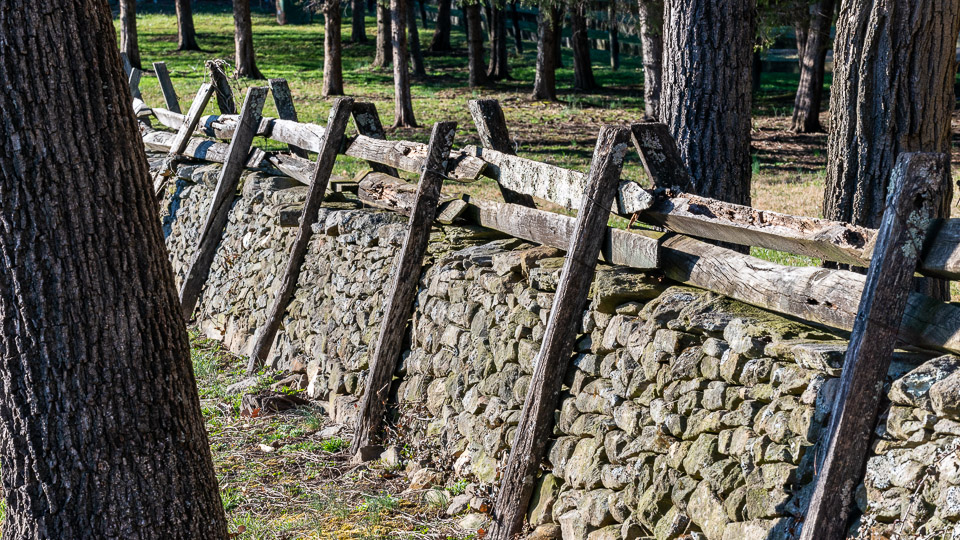
Horse Farm Fencing – Styles
For me, there are only two styles of fences: safe and unsafe. Most fences fall into the unsafe category and over time, a lot of the safe fences become unsafe due to poor maintenance. I will discuss here all the fencing styles I have seen over my 50 years with horses. I may have missed some but you can tell me about it with a comment below.
**CONTINUED IN ARTICLE TAB**
Related material – Sometimes I have a lot of material here that I have written, podcasted, video blogs and other things. They will be listed in this tab.
Use the browser back button or menu to return to the index of topics.
⬇︎ CLICK ANY IMAGE BELOW TO REVEAL MORE INFORMATION ⬇︎
For me, there are only two styles of fences: safe and unsafe. Most fences fall into the unsafe category and over time, a lot of the safe fences become unsafe due to poor maintenance. I will discuss here all the fencing styles I have seen over my 50 years with horses. I may have missed some but you can tell me about it with a comment below.
Of the safe fences I can include wire mesh (diamond link) which was named after Secretariat, the most famous race horse of all Thoroughbreds. He lived behind this fence until he died of obesity and laminitis.
I also like the well maintained vinyl fencing that encases high tension wire in a belt that can withstand the blow of a running horse.
Other new fencing include the plastic and the plastic covered wood. I have seen these break leaving sharp edges.
Board fencing has been used for a long time with safe results. 4 boards are better than 3 boards which is better than 2 boards because the more boards the better it is to be seen and to withstand a direct run in with a horse. When building board fencing, the posts (round or square) should be placed on the outside so only a smooth surface faces the horse.
Maintenance includes checking for loose nails and popped boards from expansion and contraction. Using ribbed or twisted fence nails will prevent this and galvanized steel will prevent rusting and breaking. ALL NAILS need to be accounted for when driving them because it takes only 1 nail in the hoof to kill a horse.
Hardwoods work better for fence boards because horses will not chew them but they often warp or their ends split in the summer sun. Pine is very attractive to horses for chewing and many horses will completely eat through the boards. To prevent this many owners paint the wood with a tar based oil. Creosote was used for a while but is now unavailable due to the health hazards. Now the softwoods are pressure treated with a preservative under pressure. Horses decline to chew these usually.
Wire is used in many forms because it is less expensive and easier to build. Chain link always deteriorates rapidly with horses and I have seen small pieces of chain link material pierce the sole of a horse hoof. Not good. Woven wire other than diamond mesh is called box wire. The pattern makes a box that is variable in size. When tension on the wire diminishes, the fence starts to look poor. Many people install a top board to this box wire fence to add visibility.
Strands of any kind of wire either strung or placed under tension are all dangerous to all horses in my opinion. A sleeve of plastic seems to make wire safer especially under tension and definitely when 2 or 3 wires under tension are in a sleeve of plastic in a band about 6 inches wide. But horses commonly entangle their legs in multiple strands of single wire either with or without tension. They can be trapped for hours and days and often die with one leg trapped in the fence.
Don’t even think of using barbed wire for horses. I know cattle ranchers do but these horses usually have a large range where they can get away from it. For most horse owners with little property and the density of horses is less than 1 horse per 5 acres, barbed wire will cut and possibly kill your horses especially if they are blindly running.
Rocks have made solid walls for centuries. Weather and time make rock wall maintenance an ongoing project.
Steel pipe has also been popular for fencing in some areas. Maintenance is minimal and a horse can’t run through it. Pipe can’t cut a horse like a wire can. Where pipe is not a surplus item, it can be expensive. I have only seen one farm on the east coast using pipe.
Strips of rubber as surplus from used conveyor belts started to become popular. These seemed to have a lot going for them including high safety and low maintenance and cost. However two things occurred. The first was with time, they began to sag and the edges started to expose small pieces of the fabric within the rubber. It really looked bad. The second problem was when horses started to chew the fabric tags they would ingest them. Because they were basically indigestible long strings, the intestines would not pass them. The fabric became a nidus (a core) for the development of intestinal fecal stones (a fecalith). These eventually block the intestinal passage and require surgery to remove them.
I rarely see these rubber belts anymore (there are images here of one in poor condition). One day I received a spam email selling surplus of every kind. In their inventory were strips of used conveyor belts being sold for fencing. I wrote a letter to this company and the owner wrote back that he was unaware that this could hurt horses and he took the page down. I was grateful.
I need to address the electrified fence. They work and this is why they are so popular. Jolting the horse will have them respect the wire and stay away from it. Yet there are still stories of horses getting tangled in these wires receiving shocks as they are trapped. I can’t even think about this.
Every electric fence has a ground rod. One day a dairy farmer installed a new electric fence with a high jolting charge and sent his ground rod deep into the ground. My client was harnessing her carriage horse on the cross ties outside her barn. Without warning her horse exploded destroying her cart and injuring herself badly. She investigated the incident (she was a state trooper!) And discovered the charge from her neighbor’s new fence came under the road along an aquifer and up into the place where her horse was standing. I have never heard of another story like this but it gives pause to think about this. Maybe it was just a faulty unit and this was back in the 1990’s. Electronics are better now, right?
One last thought. How high do you build a fence? For stallions the answer is usually 6 feet (1.8m) tall. But for horses who can jump higher? Well, maybe you need to give them a reason to stay in the paddock.
Any videos related to this topic will be added here. Stay tuned or comment a request.
- Additional tables
- Links to other in house articles
- Links to outside articles
- Reference material used in developing this topic.
There are no related articles here if you don’t see linked items.


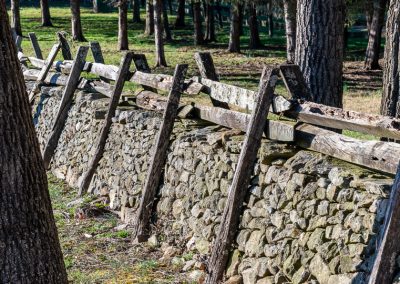
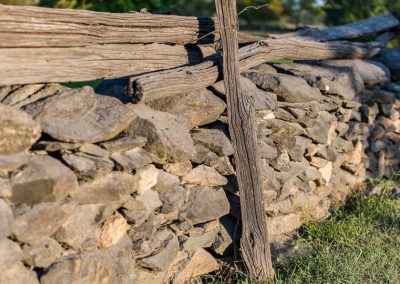
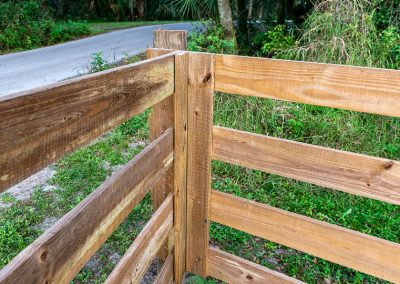


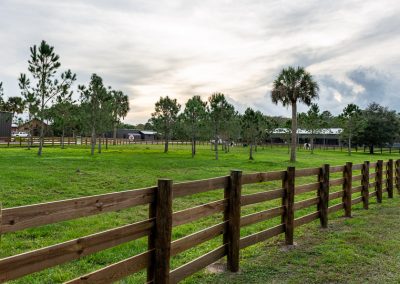

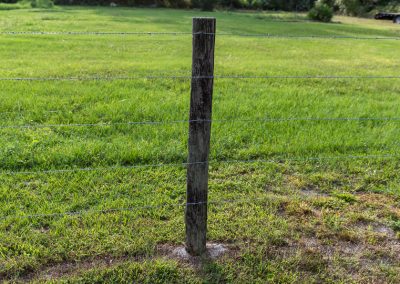
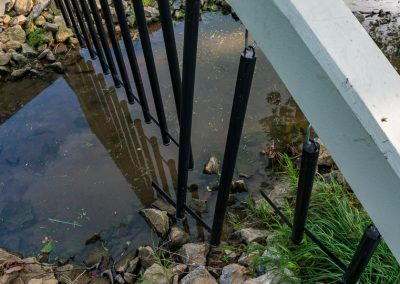
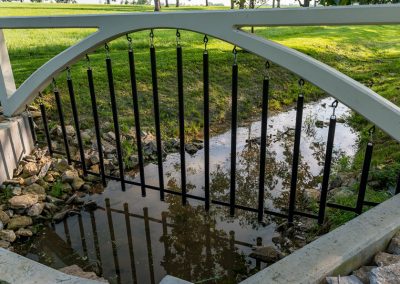
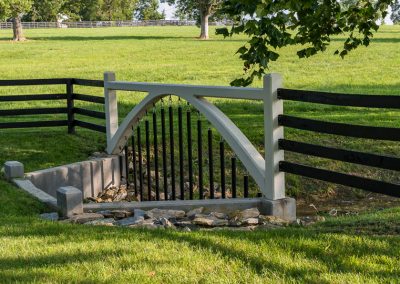
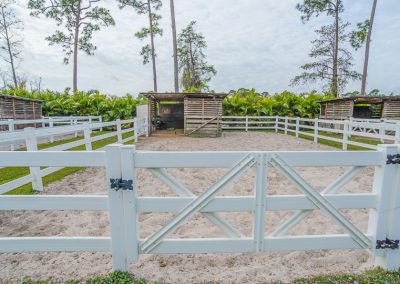

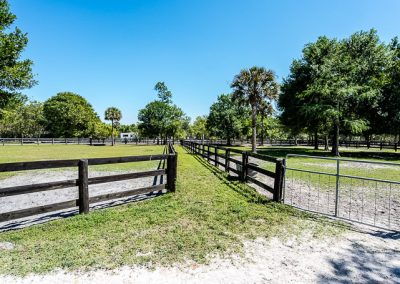
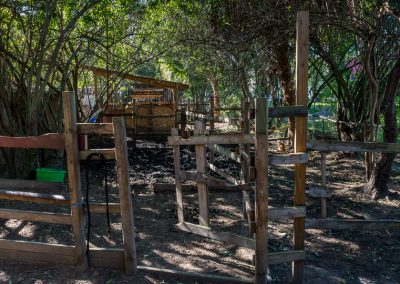


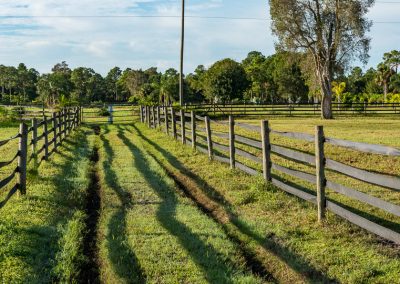
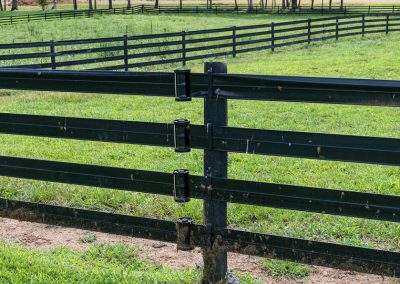
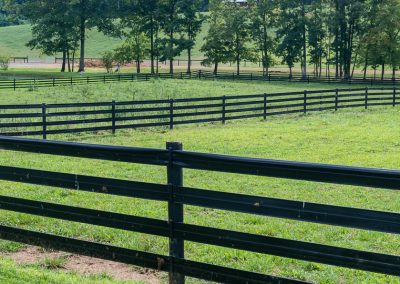
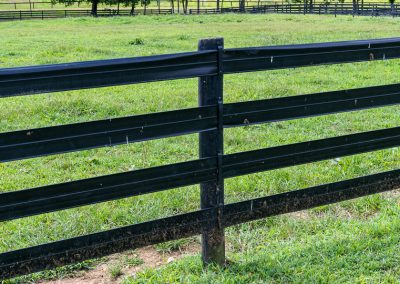
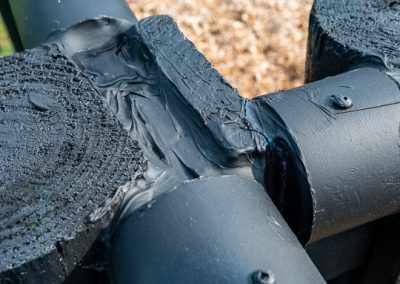
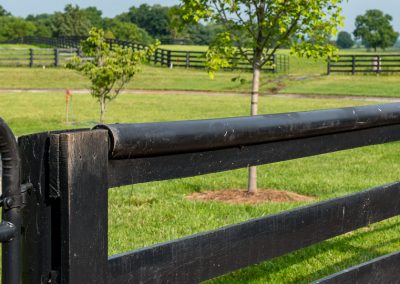
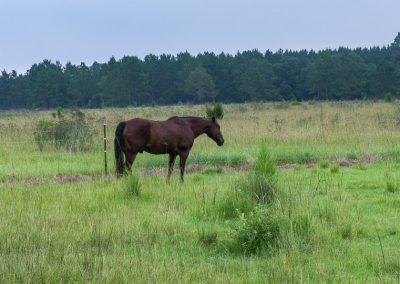


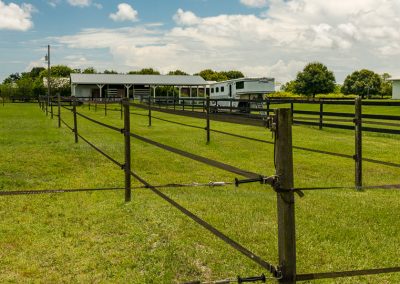
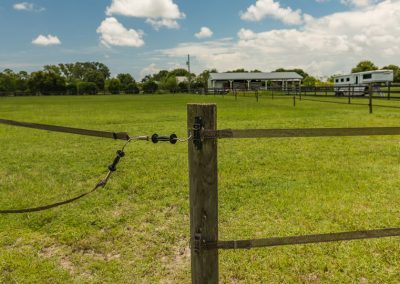
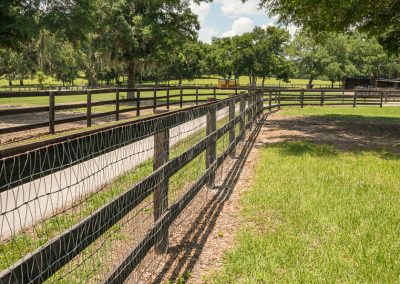

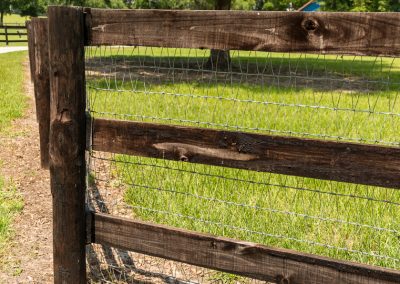
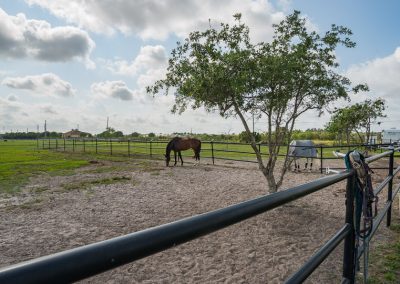
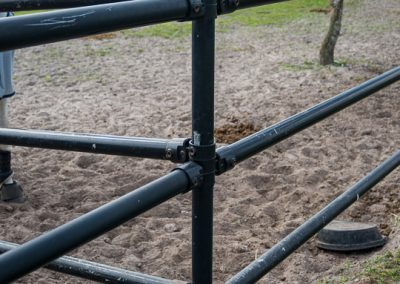

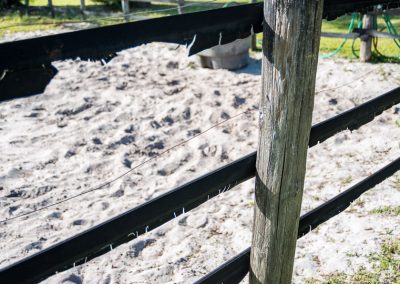
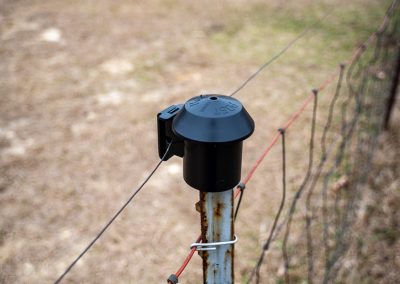
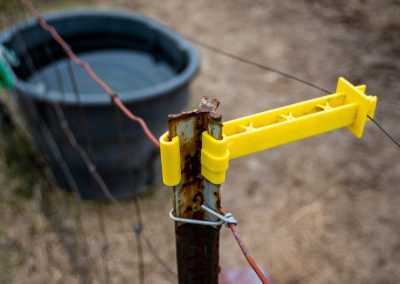
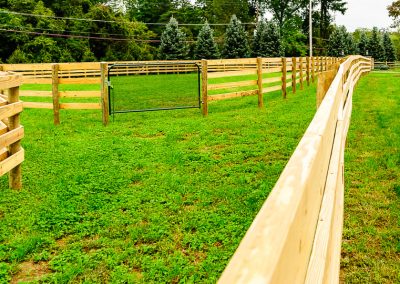
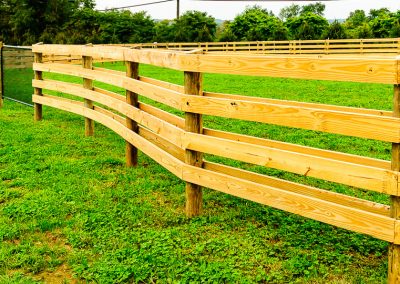
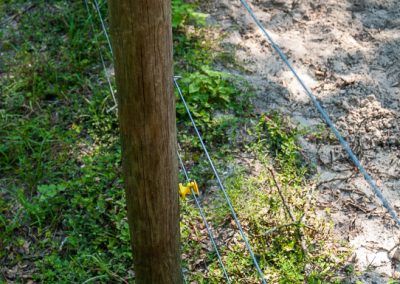

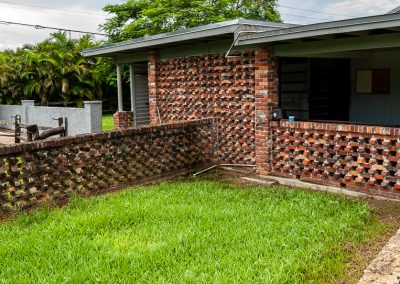
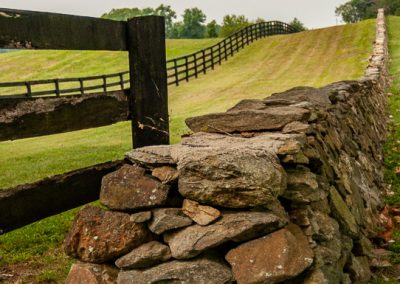
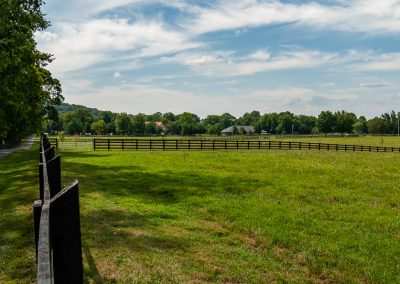

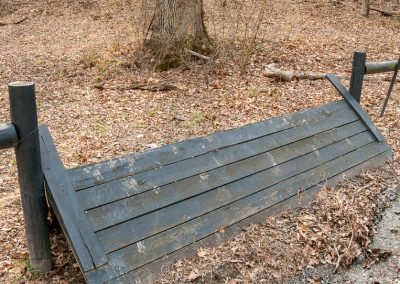

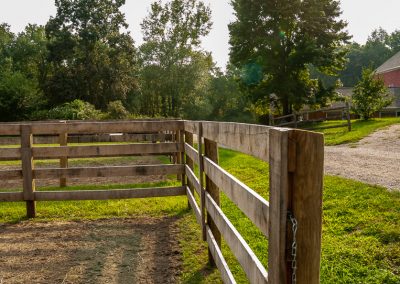
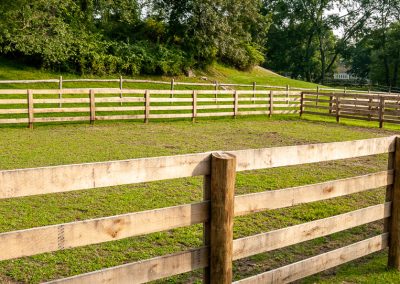

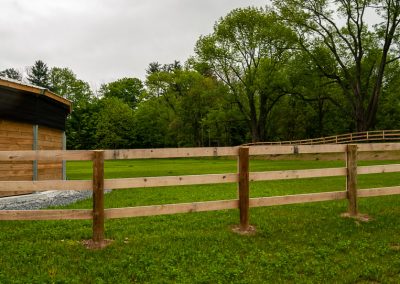

Responses